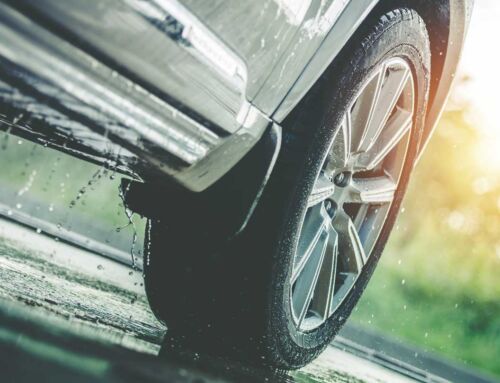Since we spend so much time in our cars, it makes sense that we will want to keep them as clean as possible. However, when it comes to your vehicle’s upholstery, you may be wondering what the best method is to ensure that you’re always riding in pristine quality.
Today we want to cover some cleaning tips for a variety of non-cloth materials, such as leather or vinyl. Because these covers can require a gentle touch, it’s imperative that you follow the proper methods to maintain their best appearance.
How to Clean Leather and Other Non-Cloth Upholstery in Your Car
Step One: Vacuum Your Interior
Before you worry about wiping down your seats, the first thing you should do is vacuum everything with either a shop vac or something designed for your car. Vacuuming will remove small particles, such as dust, dirt, and food particles (if you eat in your vehicle).
The reason why vacuuming is so crucial is that it will ensure that the surface of your seats is free of any particles that could impede your cleaning capabilities. Also, it helps your car looks its best.
Step Two: Find Your Upholstery Material
Because each material used for car seats requires a different approach, we want to share some details that are specific to them. If you’re not sure what your seats are made of, look in your car’s manual or research it online.
Vinyl
For vinyl car upholstery, wash it with hot water and a non-scratchy rag, then leave it alone to dry for several hours. Apply vinyl cleaner or a mixture of half vinegar and half linseed oil and wipe in a circular motion with a clean, dry rag. Apply as needed for stains.
Faux Leather
If you want the appearance of leather without the high cost of ownership, then this version should be good enough. You’ll want to make a mixture of upholstery detergent and water beforehand, but avoid making bubbles as they can leave marks on the material.
Use a damp cloth soaked with this solution and wipe down the surface. Then use a different damp cloth with just water to wipe all of the detergent from the faux leather. Finally, be sure to finish with a dry cloth so that there is no moisture left over.
Leather
In this case, you’ll have to find a cleaning solution that is specially designed for leather so you don’t damage the material or cause it to dry out. The steps are the same as with faux leather, although you may want to use an oil-based spray afterward to keep the leather soft and supple. In this case, be sure that you’re not using too much water as it can seep into the leather and cause stains.
To condition the leather, create a mixture of ½ cup olive oil and ¼ cup vinegar. Spray the seats and let it sit for a few minutes. Wipe off with a dry towel.




